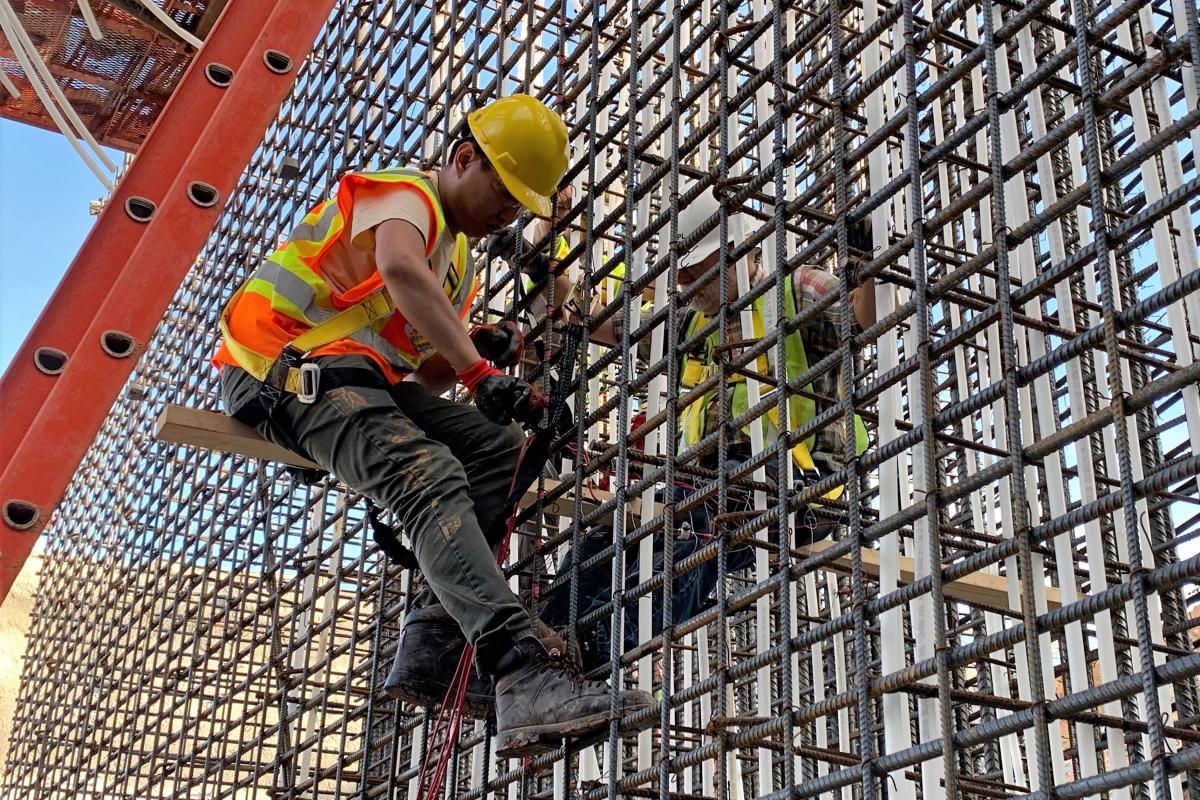Challenges in Estimating Historical Building Renovation Costs

Renovating historical buildings is a challenging yet rewarding task. These structures hold cultural, architectural, and historical value. However, estimating renovation costs for such projects is no easy job. From unforeseen damages to material shortages, there are many factors that can complicate the process.
Let’s dive into the major challenges faced during the cost estimation of historical building renovations.
1. Understanding the Building’s Unique Needs
Every historical building is unique. No two buildings have the same structure, materials, or design. Construction Cost Estimating Services for their renovation requires a deep understanding of the building’s architecture and history. Old techniques and materials are often no longer in use, which makes finding suitable replacements harder.
For example, restoring a building made with hand-carved stones or custom woodwork requires skilled labor. Such specialized expertise increases costs. Without a proper understanding of these elements, it’s easy to underestimate the expenses.
2. Hidden Damages and Structural Weaknesses
Historical buildings often have unseen damages. Walls may look fine but hide issues like mold, cracks, or water damage. These hidden issues can only be identified during renovation, not beforehand.
This uncertainty makes cost estimation tricky. Structural weaknesses, such as weakened beams or crumbling foundations, may require unexpected repairs. These unplanned costs can cause your budget to rise significantly.
3. Compliance with Preservation Laws
Renovating historical buildings is not just about repairs. You also need to comply with preservation laws. These regulations ensure the original design and character of the building remain intact.
Complying with these rules may require using specific materials or techniques. For instance, using period-accurate materials like slate roofing or antique bricks can be costly. Additionally, you may need approval from local authorities, which can delay the process and increase costs.
4. Limited Availability of Materials
Modern buildings use materials that are mass-produced and readily available. In contrast, historical buildings often require rare or outdated materials. These materials may no longer be in production or hard to source.
For example, matching original brick patterns or restoring antique glass windows can be difficult. In some cases, you may need to hire craftsmen to recreate these materials. This further adds to the cost.
5. Skilled Labor Shortage
Renovating historical buildings is not a regular construction project. It requires skilled labor familiar with traditional building techniques. Unfortunately, such craftsmen are becoming increasingly rare.
Whether it’s stone masonry, timber framing, or decorative plastering, these skills are specialized. Hiring these experts can significantly increase renovation costs. The shortage of skilled labor also means longer timelines, further driving up expenses.
6. Unpredictable Project Timelines
Historical building renovations often take longer than expected. Delays can occur due to unforeseen damages, material shortages, or compliance with regulations. This unpredictability makes it hard to estimate labor and project management costs.
For example, if a hidden structural issue is discovered mid-project, work may stop until it is resolved. Similarly, waiting for specific materials to arrive can halt progress. These delays increase costs and make accurate estimation difficult.
7. Lack of Historical Documentation
Older buildings may not have detailed blueprints or records. This lack of documentation can complicate the renovation process. Without accurate plans, it’s hard to predict what repairs or adjustments are needed.
For instance, outdated wiring or plumbing may not be evident until work begins. This creates additional challenges in estimating costs. Accurate documentation could help avoid unexpected surprises, but it’s often unavailable for historical structures.
8. Balancing Modern Standards with Historical Preservation
While preserving the history of the building, modern safety and efficiency standards must also be met. Updating electrical systems, plumbing, or heating in a way that doesn’t alter the original design is complex.
For example, adding modern fireproofing measures without damaging decorative ceilings is a challenge. This balance between preserving history and meeting modern requirements adds to the complexity and cost of estimation.
9. Budget Constraints
Historical building renovation projects often face strict budget limits. Whether it’s a public restoration project or a private endeavor, staying within budget is critical. However, the unforeseen challenges mentioned earlier can lead to budget overruns.
Accurate Construction Cost Estimating Services is vital to prevent this. Estimators must account for potential risks and include contingencies. Despite this, many projects still exceed their initial budgets due to unexpected complications.
10. Importance of Accurate Estimation Tools
Accurate estimation requires the right tools and expertise. Estimation software and professional estimators can help predict costs more effectively. Tools like those used in commercial construction estimation or residential construction estimating provide valuable insights. However, historical buildings still demand additional research and manual effort to achieve accuracy.
Additionally, specific areas like drywall estimating or lumber estimating require specialized attention. For example, calculating the cost of restoring wooden beams or plaster walls can significantly affect the total budget.
How to Overcome These Challenges
While these challenges may seem overwhelming, proper planning can help manage them. Here are some strategies:
1. Hire Experienced Professionals: Work with experts familiar with historical renovations.
2. Conduct Thorough Assessments: Inspect the building thoroughly to identify potential issues early.
3. Use Specialized Software: Advanced tools can assist in accurate cost estimation.
4. Allocate Contingency Funds: Set aside extra funds for unexpected expenses.
5. Communicate with Stakeholders: Ensure clear communication between architects, contractors, and preservation authorities.
By addressing these challenges proactively, you can ensure a smoother renovation process and better cost control.
Conclusion
Estimating the costs of historical building renovations is undoubtedly complex. Challenges like hidden damages, material shortages, and compliance with preservation laws make accurate estimation difficult. However, understanding these challenges and planning accordingly can help overcome them.
Investing in proper estimation tools and skilled professionals can make a big difference. Whether it’s commercial construction estimation or managing the details of lumber estimating, the right approach ensures success. Historical buildings are treasures worth preserving, and with careful planning, their restoration can be both achievable and rewarding.



